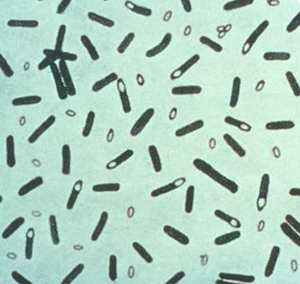There are many different classes of antibiotics each exerting a different type of inhibitory effect that specifically impacts bacteria. Bacterial cells are prokaryotic; primitive cells that differ significantly from humans’ eukaryotic cells. Tetracyclines exert their effect by interfering with protein synthesis in bacterial cells.
Each article in this series covers a specific class of antibiotic and includes the following information:
- a list of the specific antibiotics that fall in the class (generic and brand names)
- mode of action
- type of infection the antibiotic class to against
- type of bacteria inhibited or killed
- pros and cons of using the class of antibiotics
The main classes of antibiotics include:
- Aminoglycosides
- Cephalosporins (a Beta-lactam)
- Macrolides
- Penicillin (a Beta-lactam)
- Quinolones (Fluoroquinolones)
- Sulfonamides
- Tetracyclines
Tetracyclines
Discovered in the lat 1940s, Tetracyclines are a family of broad spectrum antibiotics used to treat a wide range of bacterial infections. The original tetracyclines were derived from Streptomyces bacteria, but the newer derivatives are semi-synthetic.
Some representative tetracyclines include:
- tetracycline
- doxycycline
- minocycline
- panmycin
- terramycin
- trimocycline
Tetracycline Mode of Action
Tetracyclines exert their bacteriostatic effect by inhibiting protein synthesis in bacteria. This antibiotic prevents transfer-RNA (tRNA) molecules (a type of nucleic acids which transport amino acids) from binding to the 30S subunit of bacterial ribosomes.
It is possible for tetracyclines to inhibit protein synthesis in the eukaryotic cells of the host, but the drug is less likely to reach the required concentrations in humans because eukaryotic cells do not have a tetracycline uptake mechanism.
Antimicrobial Spectrum of Tetracyclines
Tetracyclines are broad spectrum antibiotics which exhibit activity against a wide range of microbes including both Gram-positive (Gram+) and Gram-negative (Gram-) bacteria, chlamydias, mycoplasmas, rickettsiae, as well as some protozoan parasites.
Type of Infections Tetracyclines Are Used For
Because of their broad spectrum activity, Tetracycline is used to treat many different infections including respiratory tract infections caused by Hemophilus influenzae, Streptococcus pneumoniae, or Mycoplasma pneumoniae. It also is used for urinary tract infections (UTIs), Rocky Mountain spotted fever, typhus, chancroid, cholera, brucellosis, anthrax, syphilis, lyme disease, acne and may be used concomitantly with other medications against Helicobacter pylori, the bacteria associated with stomach ulcers.
Pros & Cons of Tetracyclines
Resistance
Because tetracyclines have been around for so long, bacterial resistance is common, and the presence of tetracycline-resistant pathogens limits the use of this class of antibiotic.
Adverse effects
Side effects may include nausea, diarrhea, and sensitivity to light. Tetracyclines also form complexes with calcium, which can stain the developing teeth of children and affect the strength and shape of bones.
Since tetracyclines are active against such a wide range of microbes, destruction of normal intestinal flora often occurs, resulting in increased secondary infections.
More Antibiotic ResourcesThe information in this article was obtained from a variety of sources, including the text book Foundations in Microbiology by Kathleen Park Talero (2008) and Yuri Bayarski’s article Antibiotics and Their Types, Uses and Side Effects. To learn more about bacteria and prokaryotes in general, see the microbiology information on the science website Science Prof Online.
* This article is not meant to be used in self-diagnosis or treatment of illness. If you are sick, seek medical attention from a professional, not a computer.







